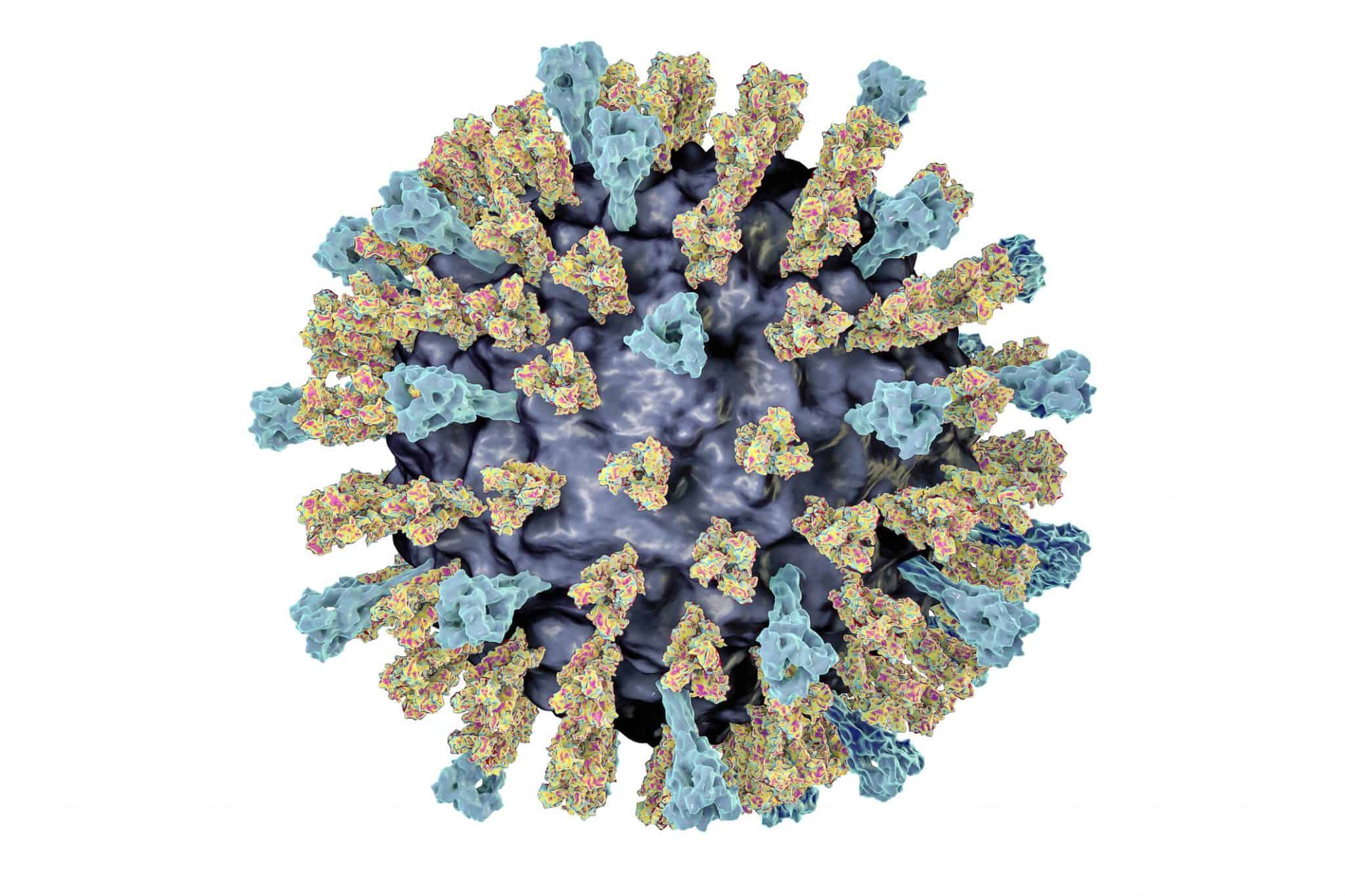Small molecules, high impact: MicroRNAs in gene regulation
Despite being small, MicroRNAs have been found to play a big role in the expression of genes. Understanding their roles and interactions in biological pathways, however, remains a complex endeavor. Bioinformaticians can now present a new approach.
By Alexandra Hinz
The central dogma of molecular biology, coined by Francis Crick in 1958, concerns the flow of genetic information from DNA to RNA to protein. While most of us know about the role of DNA (Desoxyribonucleic acid) and perhaps also the three main types of RNA (Ribonucleic acids) involved in the synthesis of proteins, there are more factors involved that we didn’t even know existed until quite recently.
MicroRNAs (miRNAs) are small, non-coding molecules which were first discovered in roundworms by researchers from Harvard University in 1993. MicroRNAs do not translate into proteins but are involved in the regulation of gene expression.
They can “silence” a gene post-transcriptionally by complimentarily binding its messenger RNA (which transports genetic information in the cell from the nucleus to the sites of protein synthesis.) This binding ultimately leads to either degradation of the mRNA or repressed translation into protein by inhibiting ribosome attachment.
You are currently viewing a placeholder content from YouTube. To access the actual content, click the button below. Please note that doing so will share data with third-party providers.
© Katharina Petsche www.katharinapetsche.com
Since miRNAs target a large variety of biological pathways, they are considered to have a great potential for the development of novel medications and therapies (Antagomirs etc.) However, uncovering these interactions remains a complex task.
In their research paper published in the Journal of Integrative Bioinformatics , a research group of Bioinformaticians from Turkey and Germany has now presented a new in silico approach which integrates human miRNA data from different online databases and reconstructs miRNA-metabolic networks.
To put their application to proof, the researchers modeled the miRNA regulatory pathway of the measles virus. They ultimately discovered two novel types of miRNA of which one is likely implicated in the infection pathway.

This database integration approach is not only essential to tackle the problem of growing data fragmentation in times where high-throughput screens yield ever increasing amounts of data. It will also enable researchers to make better predictions and experimental designs or visualize read-outs for complex biological issues.
Additionally, in times when science tries to move away from animal models, wherever applicable comprehensive regulatory networks like this are crucial prerequisites to successfully model whole organisms in silico one day.
Read the original article here